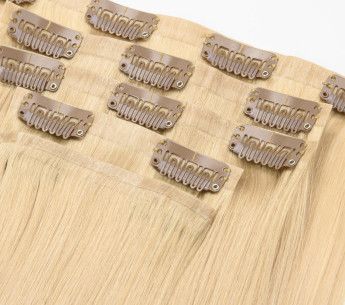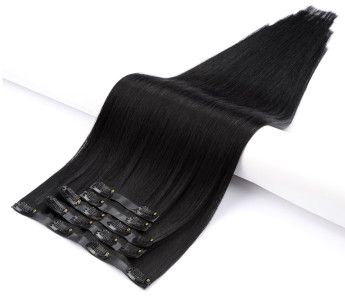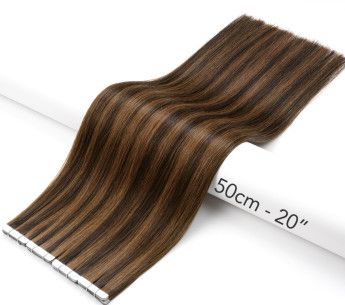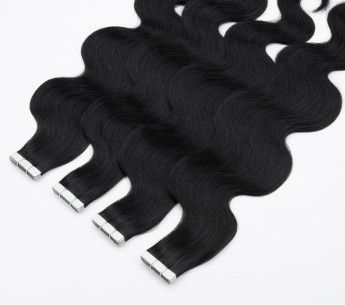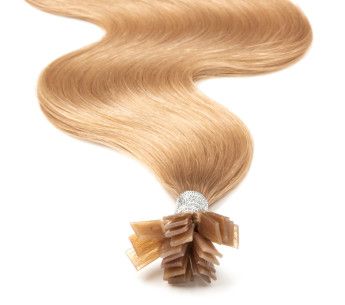Finding the Perfect Hair Extension for Fine Hair: A Comprehensive Guide

For people with fine hair, achieving voluminous and full locks can be a challenge. Fortunately, hair extensions can provide a solution to this problem. However, with so many different types of hair extensions available, it can be overwhelming to choose the best option for fine hair. In this article, we will discuss the different types of hair extensions and which ones are best suited for those with fine hair.
Clip-in hair extensions are one of the most popular types of extensions available. They are easy to apply and can be removed at the end of the day. Clip-in extensions come in a variety of lengths, textures, and colors, making them suitable for most hair types. However, for people with fine hair, it is essential to choose clip-in extensions with a low weight density. The weight of the extensions can cause damage to fine hair and make it appear limp and lifeless.
Tape-in hair extensions are a semi-permanent solution for adding length and volume to fine hair. They are applied using a tape adhesive and can last for up to 8 weeks. Tape-in extensions are great for fine hair because they are lightweight and do not cause damage to the natural hair. Additionally, because the tape lays flat against the scalp, it is virtually undetectable, making it a great option for those with fine hair who want a natural look.
Micro-bead hair extensions are a popular choice for those with fine hair because they are gentle on the natural hair. They are attached using small metal beads that are clamped onto the natural hair. Micro-bead extensions can last for up to 3 months, but they do require maintenance to ensure that they do not slip or fall out. Additionally, it is important to choose micro-bead extensions with a low weight density to prevent damage to fine hair.
Sew-In Hair Extensions:
Sew-in hair extensions are a long-lasting solution for adding length and volume to fine hair. They are attached by sewing the extensions into braided natural hair. Sew-in extensions can last for up to 3 months but require regular maintenance to prevent damage to the natural hair. For people with fine hair, it is essential to choose sew-in extensions with a low weight density to prevent damage and breakage.
In conclusion, choosing the right type of hair extension for fine hair is essential to achieve a natural-looking and voluminous result. It is important to consider the weight density of the extensions, as heavy extensions can cause damage to fine hair. Ultimately, the best type of extension for fine hair will depend on the individual's preferences, lifestyle, and budget.
Consulting with a professional stylist can also help to determine the best option for achieving the desired look. With the right type of extension, people with fine hair can enjoy fuller, more voluminous locks.

